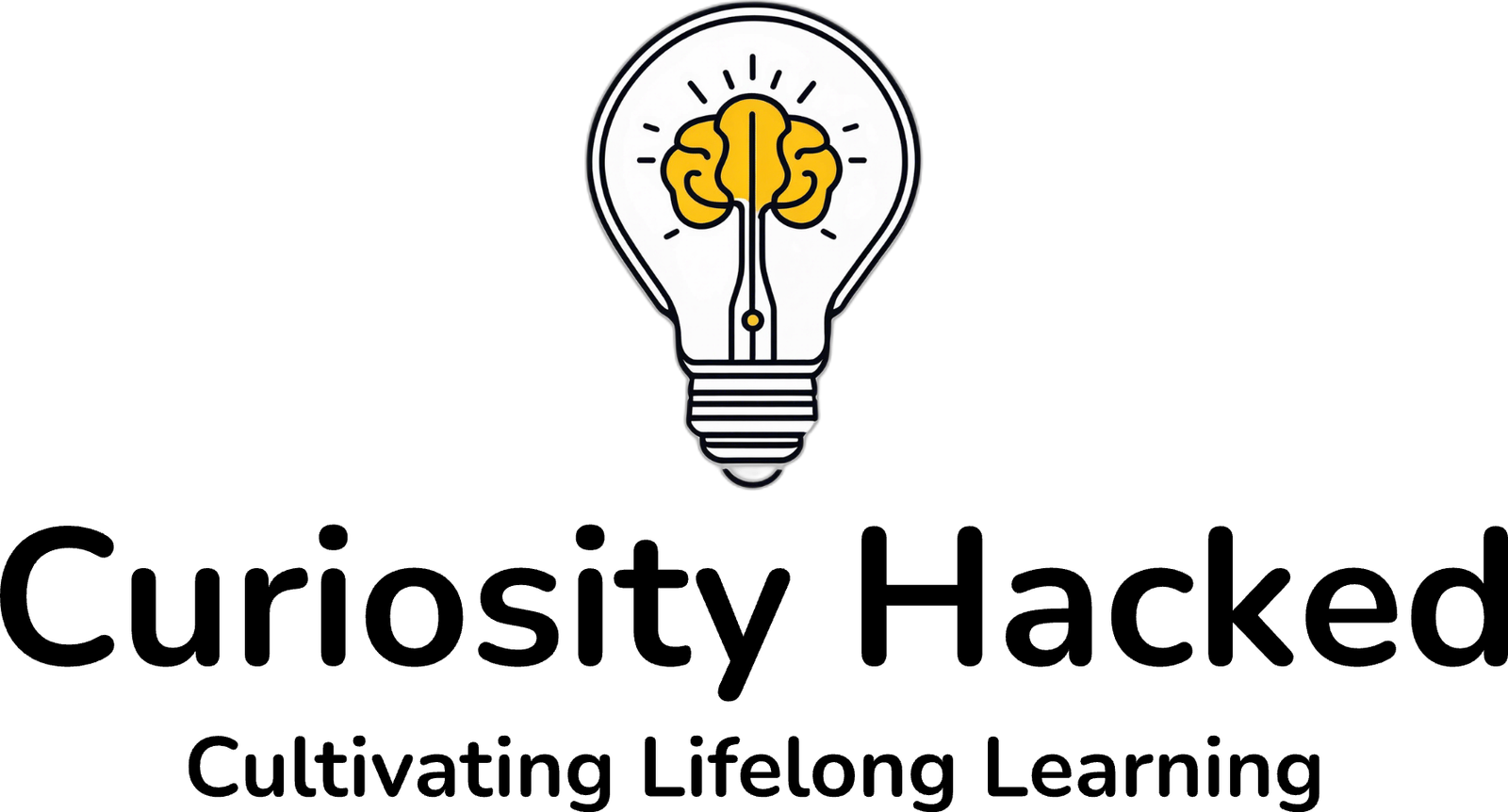What if there was a framework that could help us better understand human development, values, and behavior through a comprehensive lens? Enter spiral dynamics, a powerful model that provides insights into the intricacies of individual, organizational, and societal growth.
This blog post delves into the origins, key components, and practical applications of spiral dynamics in personal development, organizations, and societal evolution. Get ready to embark on an enlightening journey through the complex landscape of human consciousness!
Short Summary
Spiral Dynamics is a theory of human development, values, and behavior encompassing 8 distinct stages.
It can be applied to individuals, organizations, and societies for personal growth or organizational success.
Case studies have demonstrated its effectiveness in fostering individual, organizational & societal growth across various contexts.
Understanding Spiral Dynamics Theory

Spiral Dynamics theory provides a framework for understanding human development, values, and behavior through eight distinct stages applicable to individuals, organizations, and societies. Spiral dynamics describes the progression of growth and development based on the value system at each stage, reflecting the complexity of human existence.
As we navigate through these stages, we’ll discover the driving force behind our actions and motivations, providing us with a clear direction for personal and societal development.
The Origins of Spiral Dynamics
The theory of spiral dynamics originated from the work of developmental psychologist Clare Graves and was further developed by Don Beck and Chris Cowan. Graves’ emergent cyclical theory laid the foundation for conceptual models for understanding the evolutionary development of individuals, organizations, and societies through eight spiral dynamics levels.

Beck and Cowan popularized spiral dynamics, expanding the theory to encompass the spiral dynamics stages of development.
Key Components of the Theory
At the core of spiral dynamics are value systems (vMEMEs), stages of development, and the interaction between individuals’ eight value systems and their environment’s value system. These value systems guide our decisions and priorities, consequently shaping our behavior.
As we dive into the eight stages of spiral dynamics, we’ll discover how each stage builds upon the previous one, offering a holistic understanding of the whole spiral of human beings and their ever-changing worldviews.
The Eight Stages of Spiral Dynamics

The eight stages of spiral dynamics, represented by colors, describe the evolution of human consciousness and values, with each stage building upon the previous one. By exploring these stages, we can better understand our own function within the world and how we can adapt to increasingly complex life conditions.
As we progress through the stages, we’ll find that our value systems evolve, offering new perspectives and opportunities for growth. From the most basic stage of Beige, focusing on survival instincts and immediate, instant gratification only, to Turquoise’s complex, interconnected world, promoting holistic awareness, each stage offers unique insights into the increasingly complex human existence.
Let’s delve into each of these stages and uncover their significance in our personal development and societal evolution.
Beige: Survival Instincts
The Beige stage, the initial level of development, is primarily concerned with survival instincts and is characterized by limited differentiation and short-term perspectives. Throughout human history, natural catastrophes and wars have triggered the Beige stage, with small bands of hunter-gatherers providing basic needs, mutual protection, and establishing caregiver-patient relationships. The primary focus of this stage is the survival of the biological organism and species propagation.
Though the Beige stage might seem primitive, it has been integral to our human evolution. It serves as a reminder of our innate drive to stay alive and adapt to the world around us.
Purple: Tribal Security
Moving beyond mere survival, the Purple stage emphasizes tribal security and alignment with clan-like organizations. Communication in this stage is characterized by the verbal exchange between higher and lower levels, with leaders expected to be truthful and opposition not accepted. In team management, the Purple stage focuses on safety and executing tasks in the present, adhering to conventional problem-solving methods.
Embracing the Purple stage provides a sense of belonging and loyalty, fostering strong connections within our communities and anchoring us to our cultural roots.
Red: Power and Dominance
The Red stage shifts toward power struggles, competition, and self-serving behavior. This stage is distinguished by a strict hierarchy, with organizations such as street gangs and mafias considered “Red” in modern times. The desire for power and dominance can fuel conflict and tension, but it also drives ambition and a willingness to take risks.
Recognizing the Red stage’s influence in our lives can help us understand our competitive nature and the driving force behind our desire for success and control.
Blue: Order and Conformity
In the Blue stage, order, authority, and conformity are prioritized to promote stability and righteousness. This stage is observed during early adolescence in developed countries and second-world countries where fundamentalist religious beliefs are prevalent. In response to our animalistic rage, we become self-restricting and seek to adhere to the strict regulations set forth by a higher authority.
The Blue stage provides structure and guidance through its own system, fostering a sense of security and a clear direction in our lives.
Orange: Success and Rationality
The Orange stage emphasizes personal freedom, rational thought, and achievement through scientific and practical means. This stage is characterized by an aversion to authority, a tendency to challenge it, and an emphasis on utilizing practical means to achieve material goals.
Embracing the Orange stage can propel us towards personal growth, helping us to achieve our goals and realize our full potential. Pursuing success and rationality can lead to materialism, greed, and over-consumption, but it also fuels innovation and progress in the Western world.
Green: Harmony and Community
The Green stage in Spiral Dynamics emphasizes harmony, connection, and the collective good above individualism. This stage promotes a sense of community, fostering a sense of belonging and cultivating empathy for others. The Green stage values compassion, peace, and receptivity, providing a foundation for a more inclusive and equitable society.
By understanding the Green Stage, we can appreciate the importance of building strong, supportive communities that prioritize the well-being of all members through holistic life support.
Yellow: Synergy and Integration
The Yellow stage is marked by a balanced embodiment of individualism and an increased trust in life and evolution. This next stage emphasizes synergy, innovation, and resilience in problem-solving and teamwork. Progressing from Green to Yellow signifies a significant transition in understanding and a shift from deficiency to abundance motivation, acknowledging the grandeur of existence and a desire to see it thrive.
Embracing the Yellow stage allows us to tap into our innate creativity and adaptability, fostering collaboration, systems thinking, and innovative problem-solving.
Turquoise: Holistic Awareness
The Turquoise stage promotes holistic thinking, global awareness, and a focus on the greater good. This stage is characterized by feelings, emotions, and intuition, supplementing cognitive capacities. The Turquoise stage prioritizes compassion, harmony, inner peace, receptivity, and trust in non-material forms of perception.
By understanding the Turquoise stage, we can appreciate the interconnectedness of all things and work towards creating a more just, sustainable, and compassionate world.
Applying Spiral Dynamics in Personal Development
Applying Spiral Dynamics in personal development can help individuals understand their own values, motivations, and growth potential. By recognizing the importance of each stage and attempting to embody them, we can gain a comprehensive understanding of key points in our own developmental journey.
As we progress through the stages, we can gain knowledge, and unlock new perspectives and opportunities for growth, fostering self-awareness and personal transformation that allows us to reach our full potential.
Implementing Spiral Dynamics in Organizations
Implementing spiral dynamics in organizations can improve team dynamics, leadership, and adaptability to change. By understanding the value systems of various people and organizations as they progress through different stages of development, we can create more effective communication and decision-making processes. This heightened comprehension of human behavior can enable organizations to become more responsive and adaptable to change.
From team development to organizational transformation, Spiral Dynamics offers valuable insights that can help organizations thrive in an ever-changing world.
The Role of Spiral Dynamics in Societal Evolution
Spiral Dynamics is crucial in understanding societal evolution, cultural differences, and global challenges. Understanding the value systems of different people and organizations as they progress through different stages of development can bridge cultural gaps and encourage further understanding and collaboration among different cultures.
Moreover, this comprehension can aid in identifying and addressing global challenges in a more effective and efficient way, considering the various value systems of distinct cultures. Spiral Dynamics offers a valuable framework for fostering global understanding and cooperation, essential for addressing today’s world’s pressing issues.
Case Studies: Successful Applications of Spiral Dynamics
Spiral Dynamics has been successfully applied in various industries, including business, education, and community development. Numerous case studies have documented the successful implementation of spiral dynamics in contexts such as leadership development, organizational change, and conflict resolution. These success stories showcase the power of spiral dynamics in fostering growth and transformation at individual, organizational, and societal levels.
From eco-industrial parks to conscious capitalism, Spiral Dynamics continues to prove its effectiveness in helping individuals and organizations navigate the complexities of an increasingly interconnected world.
Common Misconceptions about Spiral Dynamics
A common misconception about spiral dynamics is the belief that individuals are limited to one stage and that higher stages are inherently better than lower ones. In reality, individuals can advance from previous levels to higher stages as they gain new experiences and learn new skills.
It is important to understand that each developmental stage has its own distinct advantages and disadvantages, and each stage is essential for the growth of the individual and society. By recognizing and appreciating the unique contributions of each development stage together, we can foster a more inclusive and comprehensive understanding of human development and evolution.
Summary
In conclusion, Spiral Dynamics offers a powerful framework for understanding human development, values, and behavior through a comprehensive lens. From personal development to organizational transformation and societal evolution, this model provides valuable insights into the intricacies of individual, organizational, and societal growth. By embracing the lessons of spiral dynamics, we can foster greater self-awareness, enhance communication, and promote a more just, sustainable, and compassionate world.
Frequently Asked Questions
What are examples of people in Spiral Dynamics?
People in Spiral Dynamics include leaders, entrepreneurs, professionals, teachers, coaches, facilitators, and other influencers seeking to understand different perspectives and values. By doing so, they strive to create more equitable and sustainable outcomes for their communities.
Through awareness and understanding of the different stages of development presented by the spiral dynamics model, individuals can gain a deeper insight into themselves and those around them.
What are Spiral Dynamics in attitudes of development?
Spiral Dynamics is a theory that explores the evolution of human attitudes and values, noting how individuals and societies progress through multiple stages of development. It outlines the influence of various psychological states on behavior, enabling us to understand our behaviors and motivations better.
The concept helps us consider how attitude changes could benefit our growth.
What are Spiral Dynamics and the Enneagram?
Spiral Dynamics is a model that outlines the evolutionary stages of consciousness, while the Enneagram of Personality is a tool that provides insight into our individual personalities and motivations.
Both are invaluable aids for personal and organizational growth.
What are the levels of Spiral Dynamics?
The spiral dynamics model consists of eight distinct levels: beige, purple, red, blue, orange, green, orange level yellow, and turquoise. These different stages represent our mental development over time as we progress through increasingly complex worldviews and values.
By understanding the nuances of these different stages of thinking, we can better understand our own thought processes and beliefs.
What is the purpose of Spiral Dynamics in personal development?
By understanding the dynamics of the spiraling evolution of human consciousness, spiral dynamics provides a holistic approach to personal development, allowing individuals to find direction and build self-confidence.
It offers a framework for understanding the complexities of human behavior and how individuals can use this knowledge to create positive change in their lives.
Spiral Dynamics is a powerful tool for personal growth, helping individuals identify their strengths and weaknesses.









